For over a year now, NASCAR has been teasing its new Next Gen stock car. Officially revealed last spring, the Next Gen Chevy, Ford, and Toyota race cars have endured a gauntlet of tests to ensure the new platform is ready for race day.
While we got a glimpse of them in the Clash at the Coliseum exhibition race earlier this month, the Next Gen Cars’ first day on the clock will officially be at today’s Daytona 500.
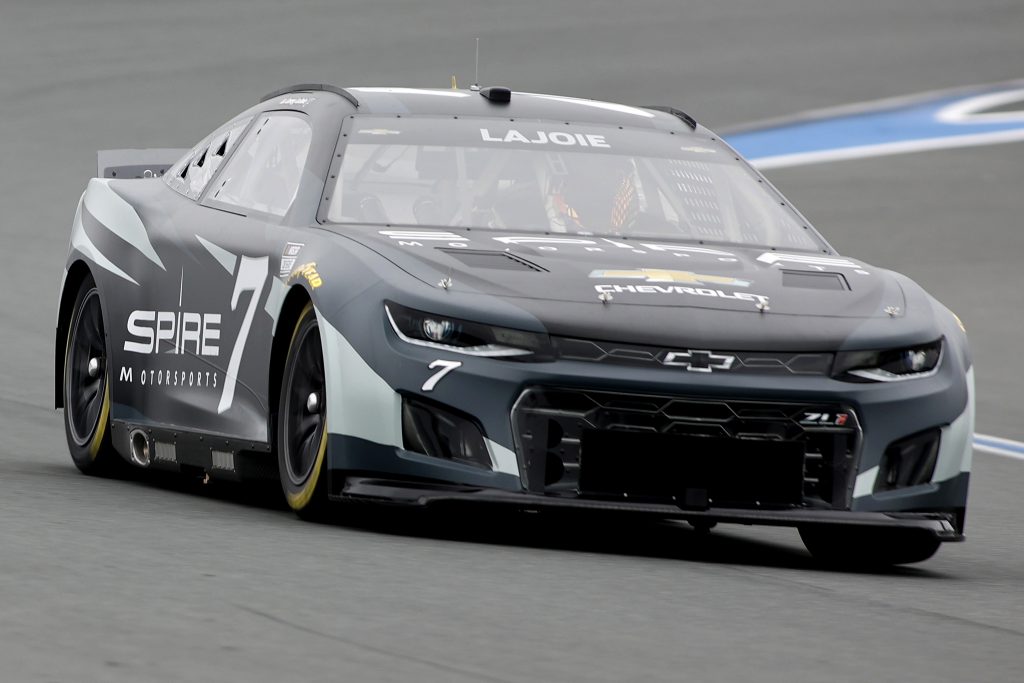
There’s plenty to get excited about on this Next Gen Car, so let’s dig in.
For starters, it just looks cool.
In fact, NASCAR makes it clear that a big reason behind the Next Gen design was to allow the cars to more closely mimic their real-world counterparts sitting next to you at stoplights. That means the Next Gen Camaro will look more like a late model Camaro, the Next Gen Mustang will look more like a late model Mustang, and the Next Gen Camry will look more like a production Camry. Neat.
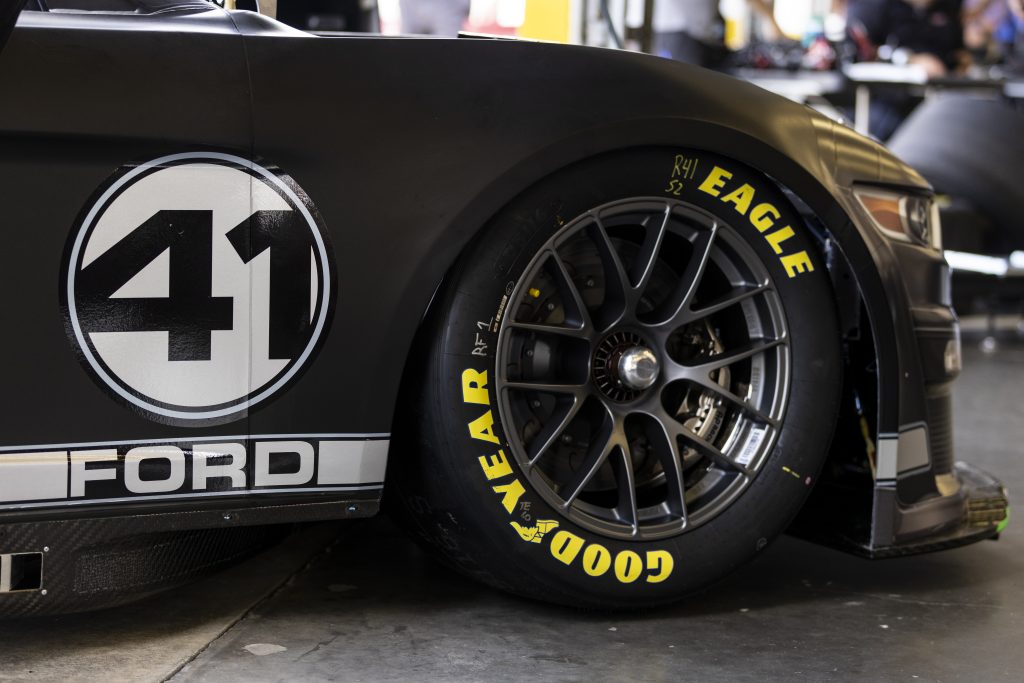
But you’ll notice other external changes too, like 18 inch center-lock wheels, a wider stance, and a composite body. The underside of the Next Gen Cars also got a makeover, with a new an underwing and rear diffuser—which NASCAR tells us will help with handling in traffic and reduce “dirty air.”
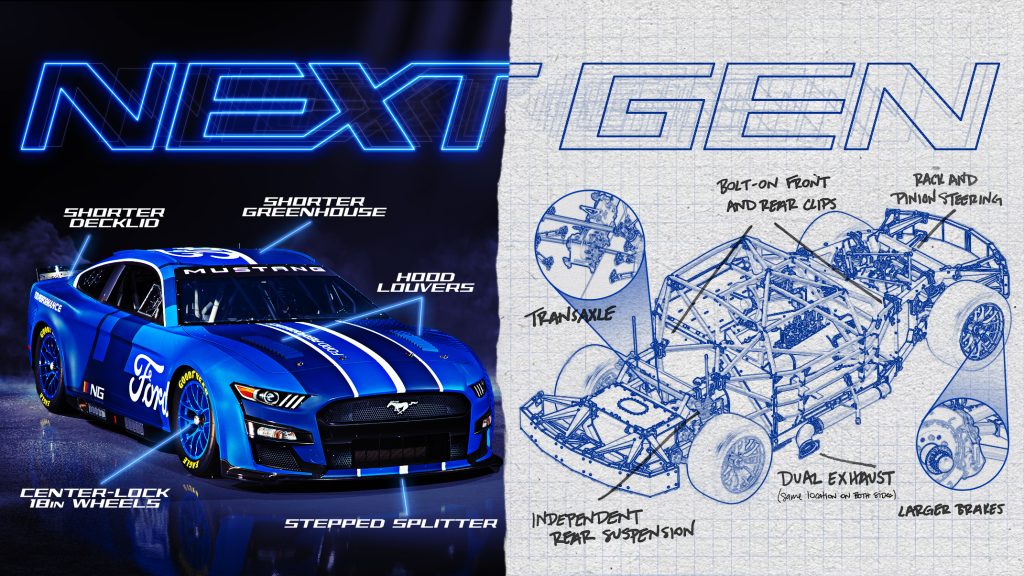
There are plenty of upgrades under the surface too. Starting with (GASP!) a transaxle located in the back. That’s a similar setup to, say, the C5-C7 Corvette and first-gen Pontiac Tempest. NASCAR says that this layout will improve the car’s weight balance. Instead of a traditional solid axle, the transaxle will use a pair of half-shafts to spin the rear wheels.
In a very, very curious statement, NASCAR even alludes to electrification as another reason behind incorporating a transaxle here. Yup, we may be seeing electric NASCAR races in the future!
Oh, and that aforementioned transmission will add another gear to become a five-speed. It’s sequential as well, meaning that there’s no traditional shift gate, rather drivers simply push the lever up for upshifts and down for downshifts. Ever ride a motorcycle? Then you know how this works.
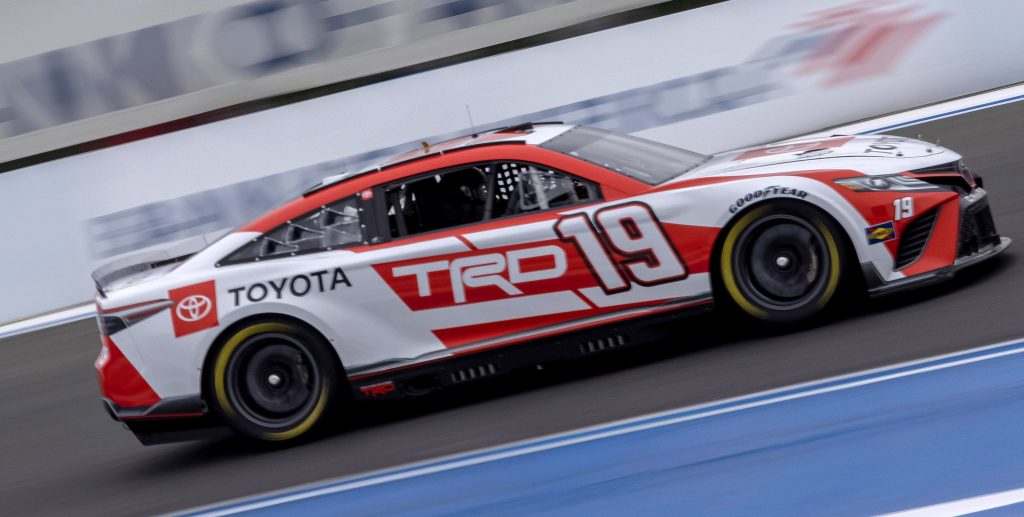
NASCAR also explains that a lot of these changes promote racer safety, as evidenced in a redesigned chassis that accommodates new bumpers front and rear. NASCAR also hopes that the changes will make the Next Gen Cars easier to service and repair during a race.
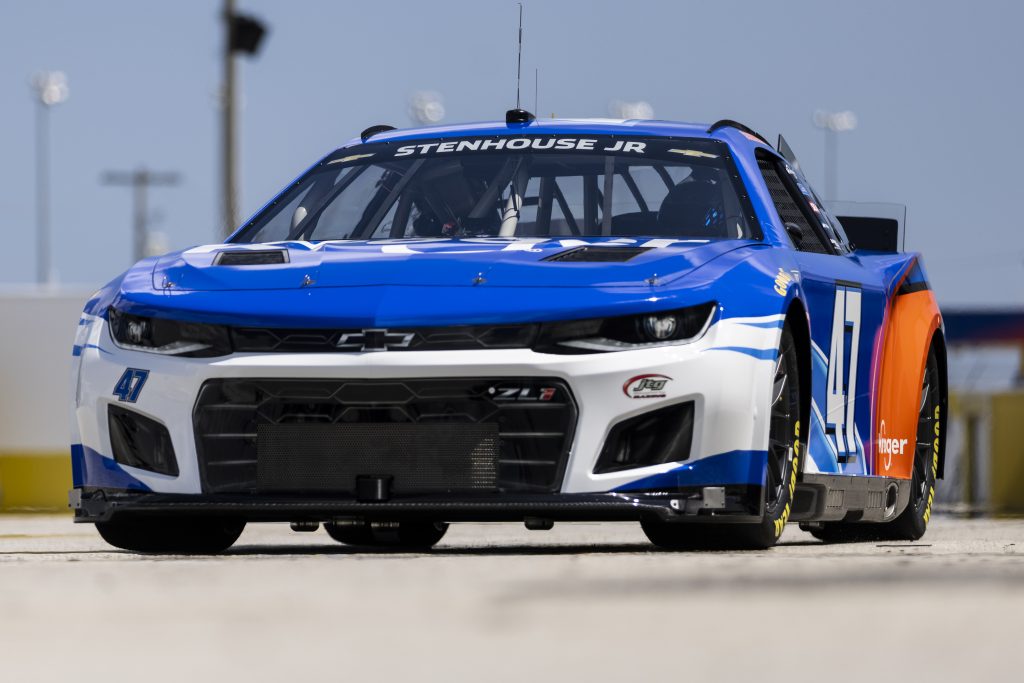
Want more details on NASCAR’s Next Gen Car? Check out this spec sheet and turn your TV on today to see its official race debut in the 2022 Daytona 500.

Does It Have Air Bags Incase Of a Head On Crash Like a Street Car
Can, wait to see the one nut wheels at the local Ford dealer.
NASCAR has driven away from me! Didn’t even watch any of Daytona and not planning on watching any of the remainder of the season.
These must be the result of expert advice from NASCAR’s Growth & Engagement Advisor, football player Alvin Kamara. Likely before facing some jail time when he and his posse beat up a guy in Las Vegas. While some of these changes are simply to update the cars with more modern tech like independent rear and sequential manual transmission, it does look like new woke NASCAR is getting its cars ready for electric racers. Can’t wait to hear the vicious “whirring” sounds of 30 electric cars going at it.
I didn,t leave Nascar Nascar left me
Sound like the old IROC, identical cars prepped by a team that built the cars but these are built from a kit by the individual teams. New Cars. New season and penalties flying all over the place for violations of the NEW rules. Not like it used to be.
Still remember sitting on my grandmas floor watching Buddy Baker, Junior Johnson, Cale Yarborough, Petty. Disputes were handled in the infield after the race.